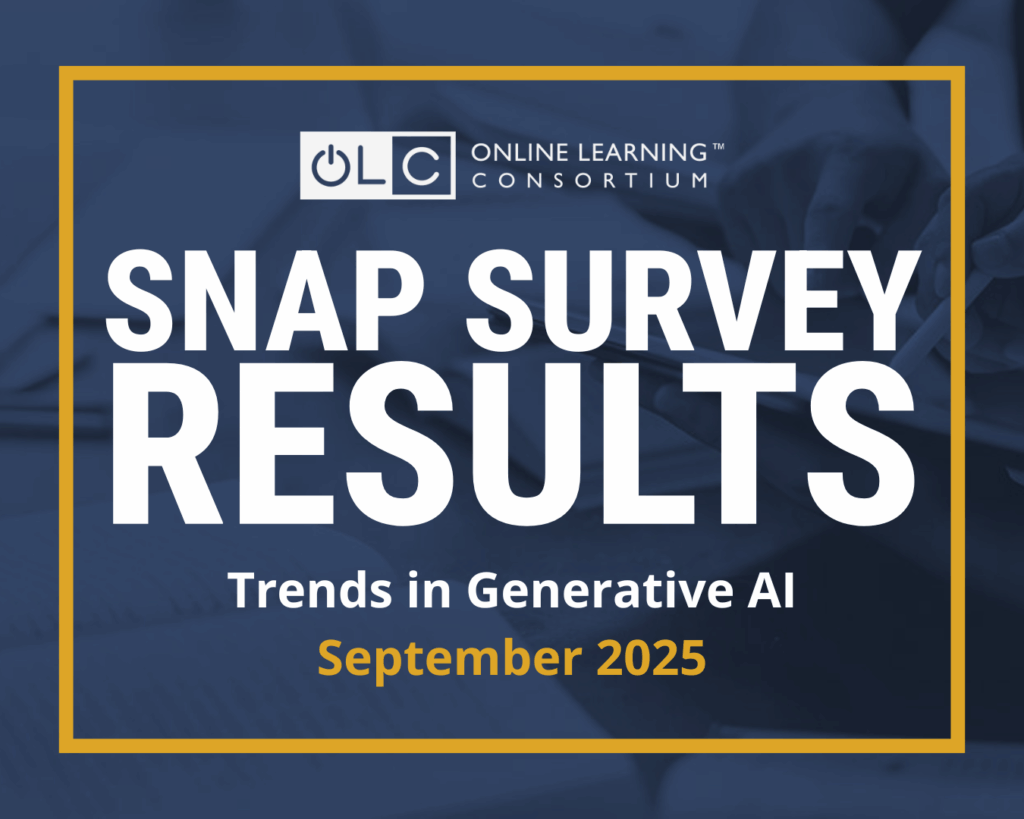For decades, education has been stubbornly slow to adapt to technological advancements. In K-12 schools, innovation often looks like bolting new tools onto an outdated framework rather than reimagining the system itself. Artificial intelligence (AI) is no exception. Schools are debating whether to “allow” students to use AI, while administrators cautiously integrate it into tasks like grading or lesson planning.
I argue that this approach is missing the point. Instead of simply adding AI to the existing system, we should be asking a more fundamental question: What should quality education look like in an AI-powered world?
A System Stuck in the Past
As the Chief Operating Officer of Excel Education Systems, I oversee fully online schools that have been leveraging digital tools for years. In addition, I oversee an educational technology division that drives innovation in educational support software like Student Information Systems (SIS), Learning Management Systems (LMS), and a variety of incorporated AI-supported tools. So, I’ve seen firsthand how technology can enhance learning, but I’ve also seen how ineffective it can be when applied with the wrong mindset.
Schools that are exploring AI, are integrating it in the simplest way possible, using it to automate administrative work or generate worksheets faster. But this isn’t innovation; it’s optimization of a model that’s already outdated. If we’re not careful, AI will become just another tool that helps us do the wrong things more efficiently.
The problem is that K-12 education is still built around an industrial-age model: memorization, rigid schedules, and standardized assessments. This structure doesn’t prepare students for a world where AI is handling low-level tasks and humans are expected to engage in critical thinking, problem-solving, and creativity.
The Risks of a Superficial Approach
Some schools have chosen to keep AI at arm’s length, limiting student exposure to prevent potential misuse. But here’s the reality: AI is not going away. If students graduate without the skills to work alongside AI, they will enter the workforce at a severe disadvantage.
A passive, hands-off approach to AI also perpetuates the myth of technological determinism—the idea that technology shapes society without human intervention. This viewpoint is limiting because it ignores the fact that we can (and should) actively shape how AI is used in education. Instead of reacting to AI as an outside force, we should be designing education with AI in mind from the start.
Rethinking What “Good” Education Means
If our goal is to prepare students for the future, we need to shift our focus from content delivery to skill development. Information is everywhere; memorization is no longer the core skill students need. Instead, they need to develop competencies like:
Critical thinking – The ability to analyze, evaluate, and create rather than just recall information.
Creativity – The ability to innovate and think in ways that AI cannot.
Adaptability – The ability to continuously learn and work alongside evolving technology.
When schools embrace AI as a partner rather than a threat, they can design new learning models that prioritize these skills. AI can facilitate personalized learning, freeing teachers from administrative burdens and allowing them to focus on mentorship and deeper student engagement.
What AI-Integrated Learning Could Look Like
Imagine a classroom where AI adapts in real time to student needs, providing personalized lessons and feedback. Picture a teacher who spends less time grading and more time guiding students through complex projects. Envision students collaborating with AI to explore topics that interest them rather than passively consuming pre-packaged curricula.
This isn’t some distant dream. AI-powered learning environments are already becoming a reality. Virtual tutors can provide individualized instruction, intelligent systems can track student progress more effectively than standardized tests, and AI can enable collaborative learning that extends beyond the classroom.
For educators, AI can be a game-changer. Instead of being overwhelmed by administrative tasks, they can focus on what truly matters: fostering curiosity, encouraging deep thinking, and preparing students for a world where AI is everywhere.
Preparing Teachers and Students for an AI-Driven Future
Of course, rethinking education requires more than just implementing new technology—it requires a cultural shift. Teachers need professional development to build AI literacy, and students need opportunities to experiment with AI in meaningful ways.
Some key steps schools can take include:
Rethinking teacher training – Educators need hands-on experience with AI to understand its potential and limitations.
Revamping curriculum – AI shouldn’t just be a tool for efficiency; it should be woven into learning experiences that build future-ready skills.
Engaging parents and communities – Schools must address concerns about AI while highlighting its benefits.
Ensuring equity and access – AI should not widen existing educational gaps. Schools must prioritize access to AI tools for all students, regardless of socioeconomic background.
The Ethical Side of AI in Education
Of course, AI comes with challenges. Issues like data privacy, algorithmic bias, and transparency must be addressed to ensure ethical use. Schools must be proactive in setting guidelines for responsible AI practices and ensuring that students are equipped to navigate AI ethically.
At the same time, we need to be realistic about the digital divide. If AI-enhanced learning is only available to students in well-funded districts, we risk widening educational inequalities. Policymakers must prioritize making AI-driven learning tools accessible to all.
Looking Ahead
The future of education isn’t about whether we should “integrate” AI—it’s about recognizing that AI is already transforming the world and ensuring that education keeps pace.
If we continue treating AI as an optional add-on, we will fail our students. But if we take this moment to rethink what education should be, we can build a system that empowers students to thrive in an AI-powered world.
As I often say, “AI isn’t going to replace teachers… but teachers who use AI will replace those who don’t.” The same goes for students. Those who learn to work with AI will have a competitive edge, while those who don’t will struggle to keep up. AI models provide us with knowledge, but we will always provide the wisdom needed to apply that knowledge to the world around us. As educators, we must prepare our students (and ourselves) for this unavoidable future.
Now is the time for bold thinking. Schools must move beyond outdated models and embrace the reality of AI—not as a tool for efficiency, but as a catalyst for reimagining what education can be.
Dr. Buehler-Hoard is the Chief Operating Officer for Excel Education Systems, which operates three online schools as well as an educational technology division. He has a master’s degree from Harvard and completed his doctorate degree from Arizona State University in Educational Leadership and Innovation.





